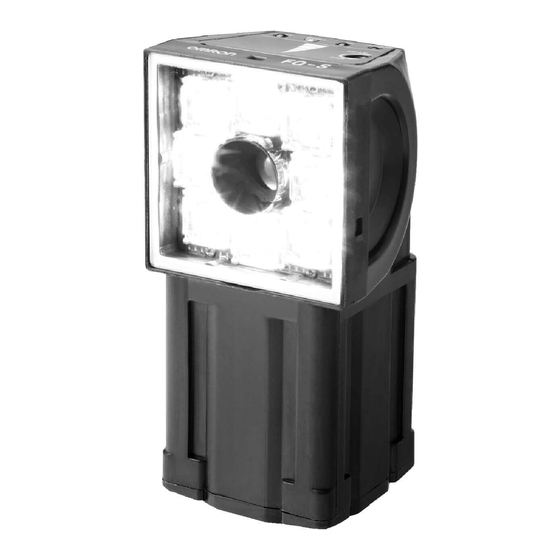
Omron FH Series Construction Manual
Vision sensor robot vision application
Hide thumbs
Also See for FH Series:
- User manual (582 pages) ,
- Hardware manual (254 pages) ,
- Operation manual (166 pages)

















Need help?
Do you have a question about the FH Series and is the answer not in the manual?
Questions and answers